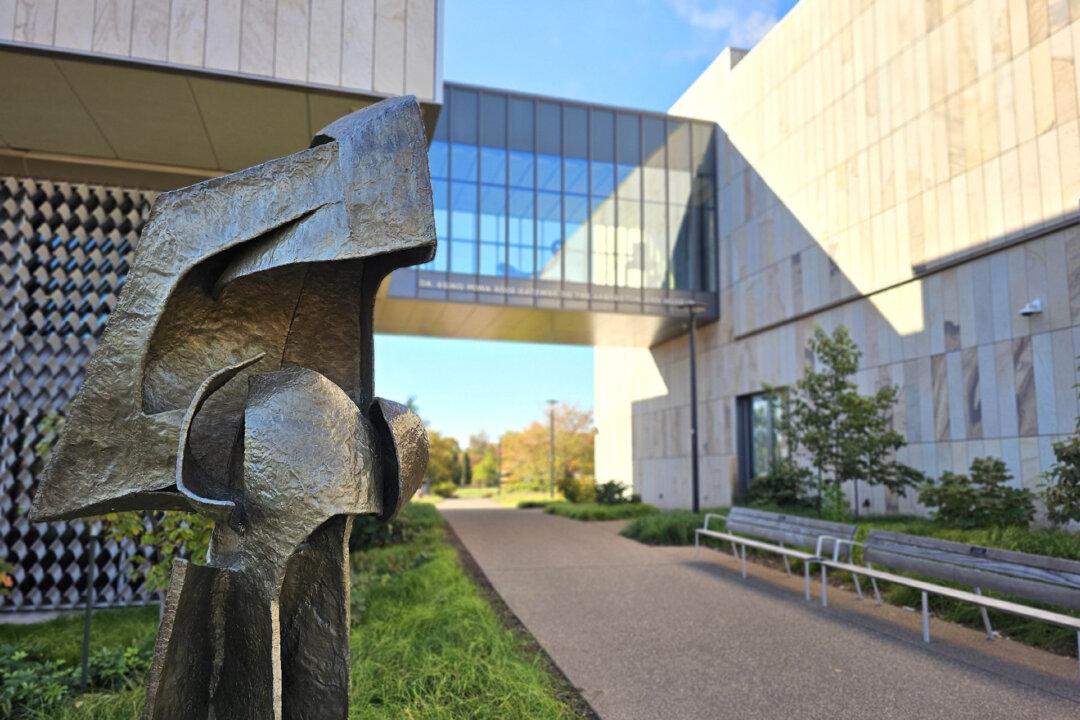Sightseers near Boston enjoy a leisurely stroll through a magnificent 18th-century garden. A man in Texas plays president as he reads a speech from a teleprompter. Children in California take a pretend horseback ride with Ronald Reagan. These disparate experiences have one thing in common: They’re taking place at presidential libraries, repositories of manuscripts, memorabilia, and memories that keep stories of American presidents alive.
Visitors read important documents, view artifacts, and learn about the public and private lives of men who have filled the highest office in the country. They may relive the pomp and pageantry of the presidency and enjoy behind-the-scenes introductions to those who have been elected to the position. At this time a number of the libraries are closed to visitors. However, their websites offer virtual tours that provide insight to their many attractions.





